Shade and sun, where to plant native berries
mooserider
12 years ago
Featured Answer
Comments (20)
larry_gene
12 years agolast modified: 9 years agoEmbothrium
12 years agolast modified: 9 years agoRelated Discussions
Native plants for wet 3/4 sun flooded part time
Comments (5)I'm interested in this, I'm afraid to try anything else but I heard that plants meant for wet, boggy areas still can die at first as they need "Acclimated" to the conditions.. which confuses me to no end... I was focused more on trees or something for privacy, but I lost them due to rot?? The ones meant for swamps... Let me know how it goes.. amy...See MoreNative berry producing plants?
Comments (8)Esh, glad to hear that your Virburnum are doing well. That is interesting that seedlings grown in a northerly climate such as Zone 4 are growing well in your yard zone 7 yard. I would not expect the reverse to be true! Do you have some growing in dense shade or partial shade? I've read that the amount of fruits are directly related to the amount of sun. I gave away about 30 seedlings and the rest have been growing in holding beds for 1-2 years. Full sun is a rare commodity in this yard and so are being planted into shrub borders in an open woodland situation - partial sun. Here's some of the species I got - Cornus racemosa / Gray Dogwood - these are growing GREAT, most are approx 3 feet tall already and a couple are 4! Can't wait to see the white berries. Cornus alternifolia / alternate leaf Dogwood - also growing great, the only Dogwood with alternate leaves, the growth habit and shape of leaves are very elegant on this tree Myrica pennsylvanica / Northern bayberry - can't say enough good things about these seedlings, very rugged and drought tolerant, the foliage is gorgeous, stays semi evergreen thru winter, berries on female plants Amelanchier spp. / Serviceberry, seedlings are rugged, most had very nice fall color ranging from orange-red, and my older tree make delicious berries! Sambucus canadensis / Elderberry - amazing growth in first year!! 4-5 feet tall. They are taking over the poor Serviceberries. Gotta move Amelanchier and thin these ASAP. Viburnum lentago / Nannyberry - growing great, I will train most of these to a single trunk. Makes edible purple berries. Corylus americana / American hazelnut - drought and shade tolerant. Nice range of fall colors. Edible nuts, supposedly the squirrels love them! Rosa virginiana / Virginia rose - these are not growing too well, and are being eaten by something. Will move next Spring. Makes nice pink flowers and rose hips....See MoreWhere to plant clematis-sun or shade?
Comments (1)Mandevilla is a vine, but not a clematis. Where are you? In my area it has to be planted in a pot (or dug up in the fall and transplanted to a pot) and brought inside in order to survive the winter. For me it is a full sun plant, but if you are in somewhere hot and dry, it might want some shade, I am not sure....See MoreFrancis Meilland-where to plant-full sun or part shade
Comments (28)Carol, como estas, amigo? There should be an upside down question mark at the beginning of that sentence. Many moons ago, I could speak some Spanish, but, sadly that language has slowly disappeared from my aged brain. You need people to converse with who are fluent to keep up your skills, which I didn't have, though if I had some get up and go, I might enjoy practicing a little Spanish even now. Clare knows some Spanish, but I think she'd run from me if wanted to practice. And my friend, Nancy, spent several months with a Central American family, trying to hone her Spanish skills. She does not have good facility for language, but was always trying to learn them, partly because she traveled everywhere. I really admired her efforts, but sadly, Italian and French were a bust, too. I don't think she'd like to practice Spanish with me, either. Jennifer I don't know anything about Francis' growth habits, but if those were two Austins planted together that closely in my garden, SW Idaho, zone 7, they would eat each other alive, except maybe, Munstead Wood. Mine have gotten quite large but are kind to their mutual neighbor, Twilight Zone. The Meilland roses I grow are pretty big, too, but I don't grow many. I love them, though. Kitty, do you parlez with Anastasia? Diane...See Moremooserider
12 years agolast modified: 9 years agoEmbothrium
12 years agolast modified: 9 years agolarry_gene
12 years agolast modified: 9 years agomooserider
12 years agolast modified: 9 years agolarry_gene
12 years agolast modified: 9 years agoreg_pnw7
12 years agolast modified: 9 years agomooserider
12 years agolast modified: 9 years agoflowerpowereverett
12 years agolast modified: 9 years agolarry_gene
12 years agolast modified: 9 years agoEmbothrium
12 years agolast modified: 9 years agoherbalmama
12 years agolast modified: 9 years agoEmbothrium
12 years agolast modified: 9 years agoEmbothrium
12 years agolast modified: 9 years agomooserider
9 years agolast modified: 9 years agomooserider
9 years agolast modified: 9 years agolarry_gene
9 years agolast modified: 9 years agomooserider
9 years agolast modified: 9 years ago
Related Stories

GROUND COVERSNative Alternatives to English Ivy, Japanese Pachysandra and Periwinkle
These shade-loving ground covers are good for the environment and say something about where you are
Full Story
GARDENING GUIDES9 Clay-Busting Native Flowers for Summer Sun
These plants survive and even thrive in tough clay soil east of the Rocky Mountains
Full Story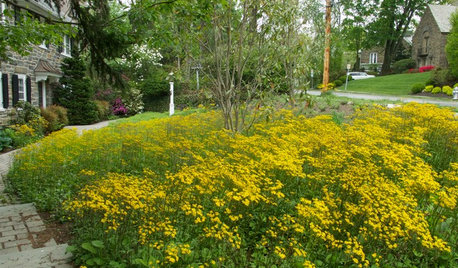
GARDENING GUIDESPackera Aurea Puts On a Springtime Show in Sun or Shade
This vigorous native ground cover welcomes bees with its early-blooming flowers and makes an attractive lawn alternative
Full Story
GARDENING GUIDES15 Native Flowers That Feed Native Bees
These perennials offer superfood to hundreds of bees and are gorgeous in their own right
Full Story
LANDSCAPE DESIGNNative Plants Help You Find Your Garden Style
Imagine the garden of your dreams designed with plants indigenous to your region
Full Story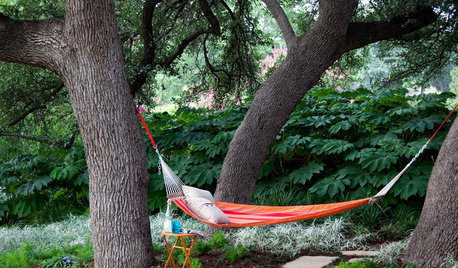
GARDENING GUIDES8 Essential Native Shade Trees for the U.S. Southeast
These beauties provide cool shade in the summer and easily withstand the heat and humidity of the South
Full Story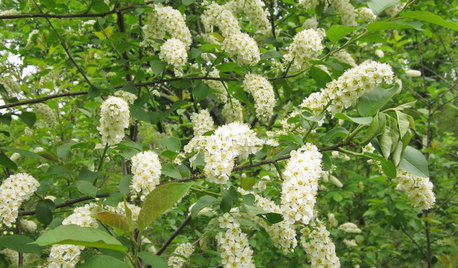
TREESNative Plant Alternatives to Invasive Common Buckthorn
Learn how to identify and control this aggressive plant, and what to grow in its place
Full Story
GARDENING GUIDESHow to Find the Right Native Plants for Your Yard
Find plant maps, sale sites and guides that make going native in the garden easier than ever
Full Story
GARDENING GUIDES8 Native Shrubs for Year-Round Bird Feeding
It’s not just about berries. These plants provide insects for birds and seasonal interest for gardeners
Full Story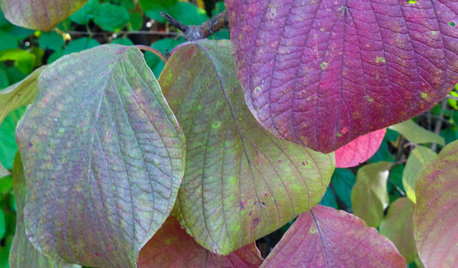
FLOWERS AND PLANTSCornus Rugosa, an Understated, Elegant Native Dogwood
Plant roundleaf dogwood for showy white flowers favored by pollinators in spring and for beautiful foliage in fall
Full Story



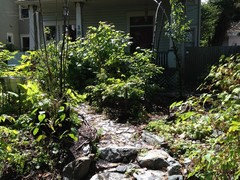



larry_gene